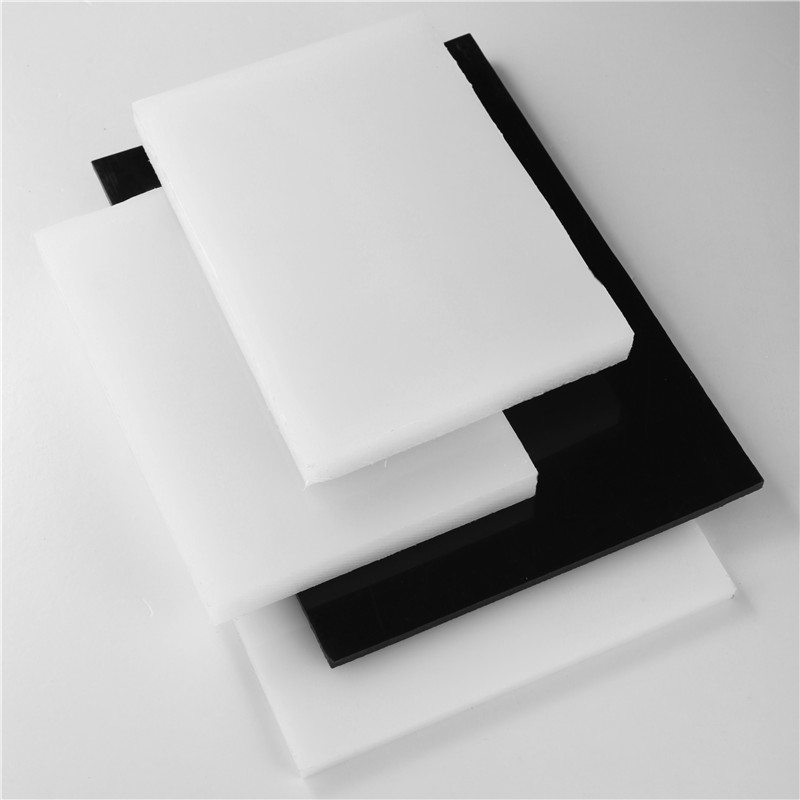Desemba . 05, 2024 16:44 Back to list
Exploring Various Applications of UPVC Pipe Fittings for Plumbing and Construction Needs
Understanding UPVC Pipe Fittings Benefits and Applications
UPVC (Unplasticized Polyvinyl Chloride) pipe fittings have become an essential component across various industries and residential applications due to their durability, affordability, and chemical resistance. UPVC pipes and fittings are widely used in plumbing systems, drainage, and various industrial applications, providing an effective solution for transporting water and other fluids.
What is UPVC?
UPVC is a type of plastic that is rigid and does not contain any plasticizers, which makes it different from regular PVC. This unique composition gives UPVC excellent mechanical properties, enhancing its strength and longevity. UPVC is resistant to corrosion and weathering, making it an ideal choice for outdoor and underground applications where exposure to the elements is a concern.
Advantages of UPVC Pipe Fittings
1. Durability UPVC pipe fittings are resistant to wear, tear, and harsh chemicals, making them suitable for a variety of applications. They can withstand high pressure and are less likely to degrade over time compared to metal fittings.
2. Corrosion Resistance Unlike metal pipes that can rust and corrode, UPVC does not react with water or chemicals. This characteristic makes UPVC fittings a preferred choice in chemical processing and treatment facilities where exposure to caustic substances is common.
3. Lightweight UPVC fittings are significantly lighter than their metal counterparts, which makes them easier to handle and install. This translates into lower transportation costs and faster installation times for plumbing and drainage systems.
4. Cost-Effective The production and installation costs of UPVC fittings are generally lower compared to other materials. Their longevity and minimal maintenance requirements contribute to their overall cost-effective nature.
5. Sustainability UPVC is 100% recyclable, which reduces environmental impact. Manufacturers are increasingly focusing on sustainable practices, making UPVC fittings a greener choice compared to traditional materials.
upvc pipe fitting

6. Versatility UPVC pipe fittings come in various sizes and configurations to suit a wide range of applications. Whether you need elbow joints, tees, or couplings, UPVC fittings can be customized to meet specific requirements.
Applications of UPVC Pipe Fittings
1. Domestic Plumbing UPVC fittings are widely used in residential plumbing systems for water supply and drainage due to their leak-proof joints and resistance to chemicals.
2. Sewage and Wastewater Management The robustness of UPVC fittings makes them ideal for sewage and wastewater systems. They can handle the corrosive nature of sewage and are resistant to microbial growth, ensuring a hygienic environment.
3. Irrigation Systems UPVC is extensively used in agricultural applications for irrigation systems. Its lightweight nature allows for easy installation in fields, and its resistance to chemicals makes it suitable for carrying fertilizers and other agricultural inputs.
4. Industrial Uses In industries where corrosive chemicals are handled, UPVC fittings play a crucial role in transferring these substances safely. They are also used in HVAC systems for air conditioning and ventilation, providing efficient airflow without rusting or corroding.
5. Rainwater Harvesting UPVC fittings are ideal for rainwater harvesting systems, allowing for efficient collection, transportation, and storage of rainwater. Their resistance to UV rays ensures longevity, even in outdoor applications.
Conclusion
UPVC pipe fittings have revolutionized the plumbing and construction industries with their superior properties and versatility. Their durability, chemical resistance, and lightweight nature make them an advantageous choice for a variety of applications. As sustainability becomes increasingly important, UPVC’s recyclable nature adds to its appeal, ensuring that it remains a preferred material for builders, plumbers, and environmentalists alike. Whether for domestic, agricultural, or industrial use, UPVC pipe fittings are a reliable solution for efficient fluid management, paving the way for innovative plumbing solutions in the future.
-
HDPE Natural Sheet: Durable, Food-Grade & Versatile Plastic Solutions
NewsAug.27,2025
-
Durable Glossy PVC Rigid Sheet | Premium High-Shine Panels
NewsAug.26,2025
-
Durable PP Rigid Sheet: Lightweight, Chemical Resistant Solutions
NewsAug.21,2025
-
PVC Grey Sheet for Extraction: Chemical Resistant & Durable
NewsAug.19,2025
-
Durable PVC Pipe Fittings for Plumbing & Irrigation Needs
NewsAug.18,2025
-
HDPE Steel Belt Reinforced Spiral Corrugated Pipe | High Strength
NewsAug.17,2025

